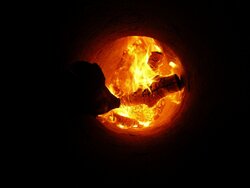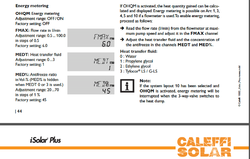How many of you have measured the actual BTU out-put of your boiler? How did it compare the the rating of the unit?
If you did measure, were the numbers just estimates from charts and graphs, black art, or some other means?
If you did measure, were the numbers just estimates from charts and graphs, black art, or some other means?




 T (temp rise through the boiler)
T (temp rise through the boiler)
